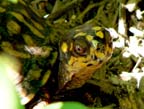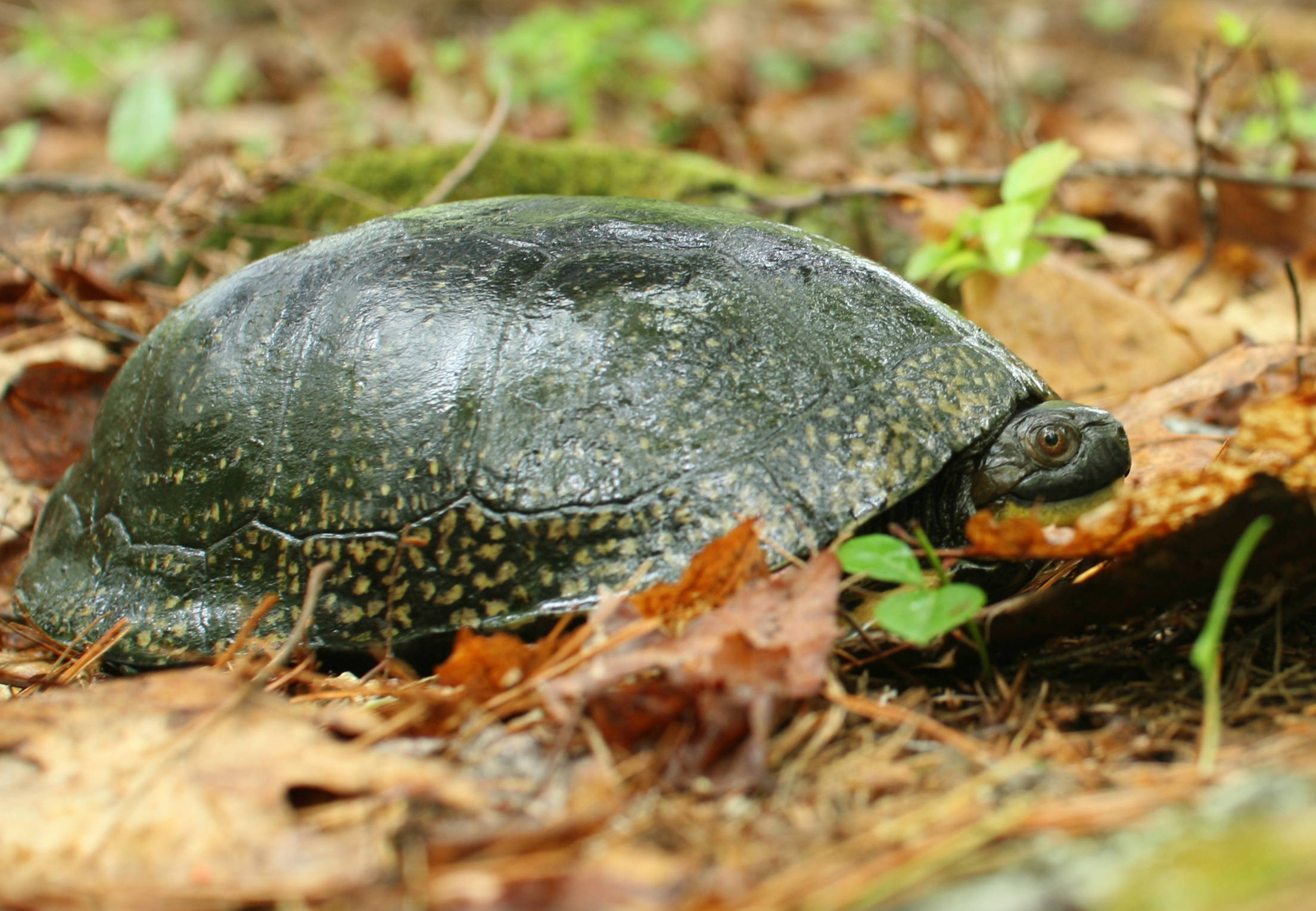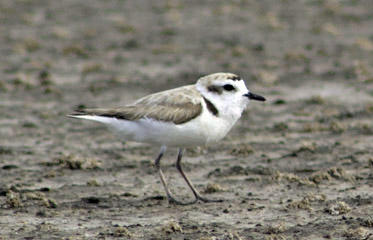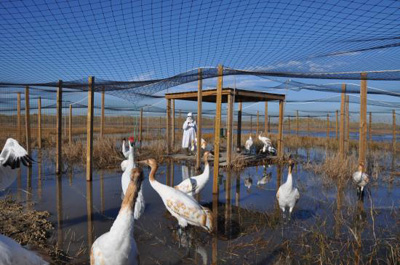 A central Massachusetts land owner sued for the right to build on his property without restriction, despite the fact that the land was deemed “priority habitat” for the state endangered Eastern box turtle. The case was first heard in court in 2009.
A central Massachusetts land owner sued for the right to build on his property without restriction, despite the fact that the land was deemed “priority habitat” for the state endangered Eastern box turtle. The case was first heard in court in 2009.
Last week the Massachusetts Supreme Judicial Court ruled against landowner, upholding the concept of priority habitat in the state. The landowner, however, did not argue that his land was not actually habitat for the turtle (although that is implied in the newspaper articles about the case), but that the Department of Fish and Game’s use of a “priority habitat” designation and rules was not found in the state’s endangered species law.
Because the legal case splits the difference between state law and agency regulations, the local newspaper’s coverage dives right in to all the hairsplitting details. There are many lessons here for state wildlife agencies regarding habitat designations for endangered species, although the big lesson seems to be if a rich guy wants to build his retirement home on endangered species habitat, expect a stink.
The tone of the articles favors the landowner, and it appears that many readers missed the point that the landowner has always been allowed to build on the land, but there are conditions he objects to. It also appears that the land was known box turtle habitat before the landowner purchased it.
The Springfield Republican article announcing last week’s verdict.
A past article by the Republican on the case.
Photo: Box turtle, courtesy US Fish and Wildlife Service


 Fifteen native birds, plants and other animals have been removed from Wisconsin’s endangered and threatened species list effective Jan. 1, 2014, says a
Fifteen native birds, plants and other animals have been removed from Wisconsin’s endangered and threatened species list effective Jan. 1, 2014, says a  After 40 years as the Wisconsin Bureau of Endangered Resources, the program charged with caring for that state’s endangered resources is now known as the Bureau of Natural Heritage Conservation. The change took place on July 1.
After 40 years as the Wisconsin Bureau of Endangered Resources, the program charged with caring for that state’s endangered resources is now known as the Bureau of Natural Heritage Conservation. The change took place on July 1. The Kansas Department of Wildlife, Parks and Tourism (KDWPT) has begun a review of threatened, endangered, or species-in-need-of-conservation (SINC) species,
The Kansas Department of Wildlife, Parks and Tourism (KDWPT) has begun a review of threatened, endangered, or species-in-need-of-conservation (SINC) species,